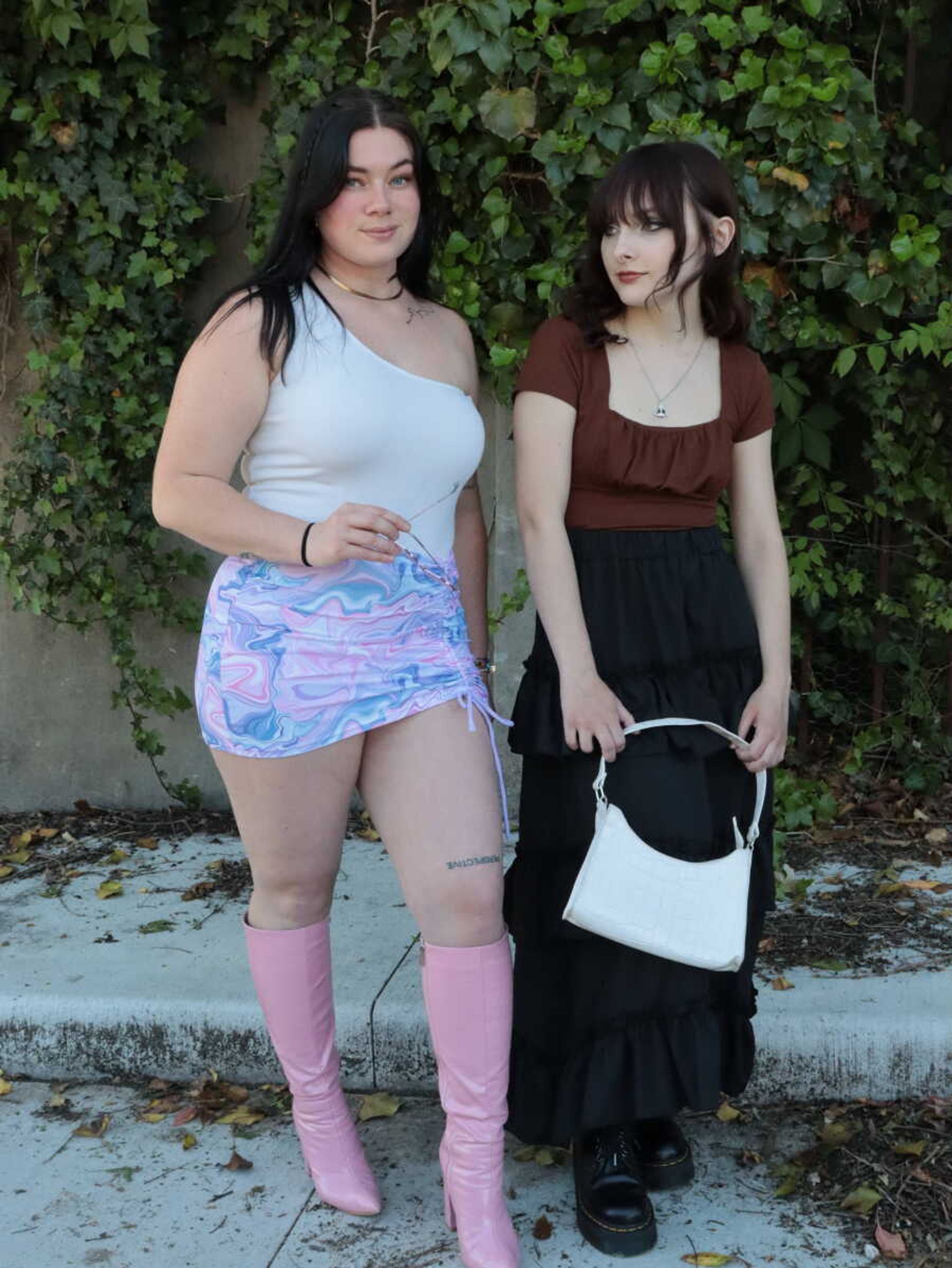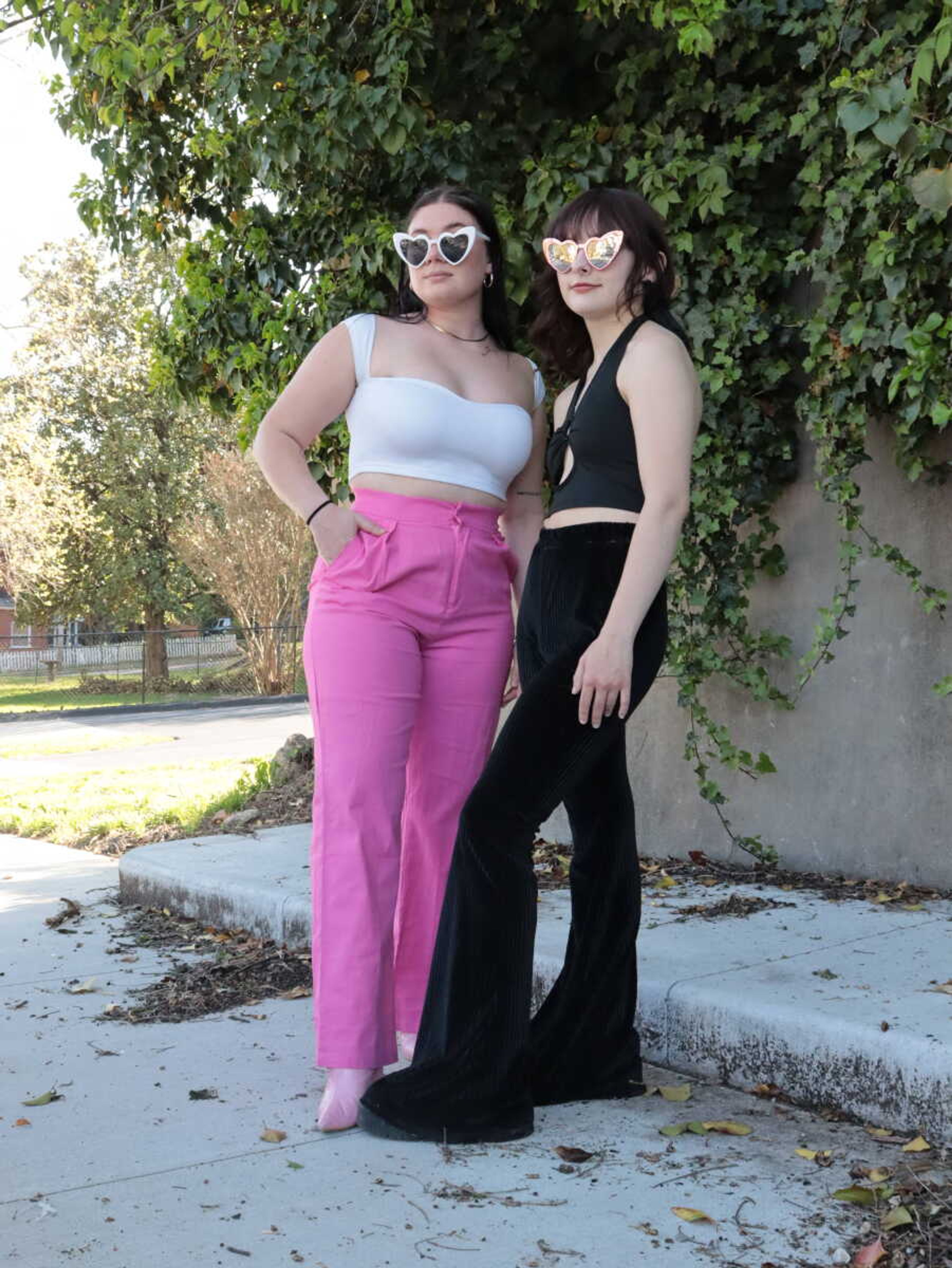“Buy one dress, get one FREE if you checkout in the next hour! Use PROMO code fa$tfashion for 10% off of your next order,” said the notification from a fast fashion app.
The online fast fashion industry has experienced vast success due to its ability to offer trendy clothing, convenient and fast delivery options, incredibly low prices and irresistible sales. Clothing brands like Shein, H&M and Forever 21 are commonly known in the retail business, but are they sustainable?
According to the Clean Clothes Campaign, out of the 100 billion garments created each year, three out of five clothing pieces end up in landfills. In addition to the pollution caused by fast fashion retailers, the production of cotton is the reason for 17 to 20% of the world’s water pollution.
Associate professor of fashion and consumer studies HJ Cho teaches students who want to pursue a career in creating and selling sustainable fashion. Cho said fast fashion clothing uses synthetic fibers like cotton and polyester that release microplastics into the ocean and pollution into the atmosphere.
“Fashion was responsible for 8 to 10% of global carbon emissions in 2019,” UN Environment Programme stated. “The climate impact is expected to increase by 49% by 2030, meaning the fashion alone will emit 4.9 metric gigatons of CO2 — nearly equal to today’s total annual U.S. greenhouse gas emissions.”
Cho said fast fashion includes pieces of clothing that are trendy with very low prices. The retailers produce limited stocks, so when a customer decides to wait to purchase, it could be gone the next day.
“Zara, H&M and Forever 21 started a fast fashion model,” Cho said. “They hit tremendously and were very successful.”
Traditional brands that do not go out of style, like Patagonia and Levi’s, produce standard basic T-shirts and items that will continue to use natural and recycled fibers.
Patagonia assures their customers their products are durable while using less energy and less water while creating less trash.
“What we’re doing to ensure our products are produced under safe, fair, legal and humane working conditions,” Patagonia’s social responsibility states.
Fast fashion clothing items are made for one occasion or one season. Cho said fast fashion brands cause many environmental and social problems such as using child labor and underpaying staff.
According to Earth.org, “These businesses subsequently contract out the production to unregistered vendors that do not have to abide by any laws. In other words, there is no requirement for these brands to provide safe working conditions to these workers.”

Cho said fashion is a form of self-expression through wearing specific clothing items, it delivers who you are.
“The meaning of clothes is a sort of identity expression,” Cho said. “So, clothes are not only material; it involves social and psychology, identity and meaning.”
But the accessibility to online shopping became popular when in-person shopping was unavailable.
Senior psychology major Ally Busse shops on Amazon and Shein. She said she doesn’t try to keep up with the fashion trends, but uses clothing to express herself with her own personal taste.
“If I see something I like, or I am looking for a specific item, I’ll put it into my cart,” Busse said.
Busse shops for clothing items online because it is convenient. She said shopping online is easier than going into the store and trying to find a specific item.
Alum hospitality management major Emily Schuknecht hasn’t shopped in a store since the start of COVID-19. Busse said she finds herself shopping online through Amazon and Shein for clothing items.
“I don’t have time to go in the store to try something on,” Schuknecht said. “So, I order it to my house, and if I don’t like it, I will return it. It’s a lot more convenient than going through the stressful process.”
According to an article by Rest of World, fast fashion clothing has jumped 22% from 2020 to 2021 in the U.S. alone.
“Shipping costs often exceed the value of the ultra-low-priced garments, with the cost of some routes up more than seven times since early pandemic levels in 2021.”
Schuknecht said she understands the issues surrounding fast fashion but feels as if there are other things happening in the world that need to be addressed rather than ordering clothes online.
Is the convenience of shopping fast fashion worth the pollution and global damages? Cho said fashion trends come back to surface every 10 years and advised individuals to keep the clothes they think might be going out of style to reuse in the future.






